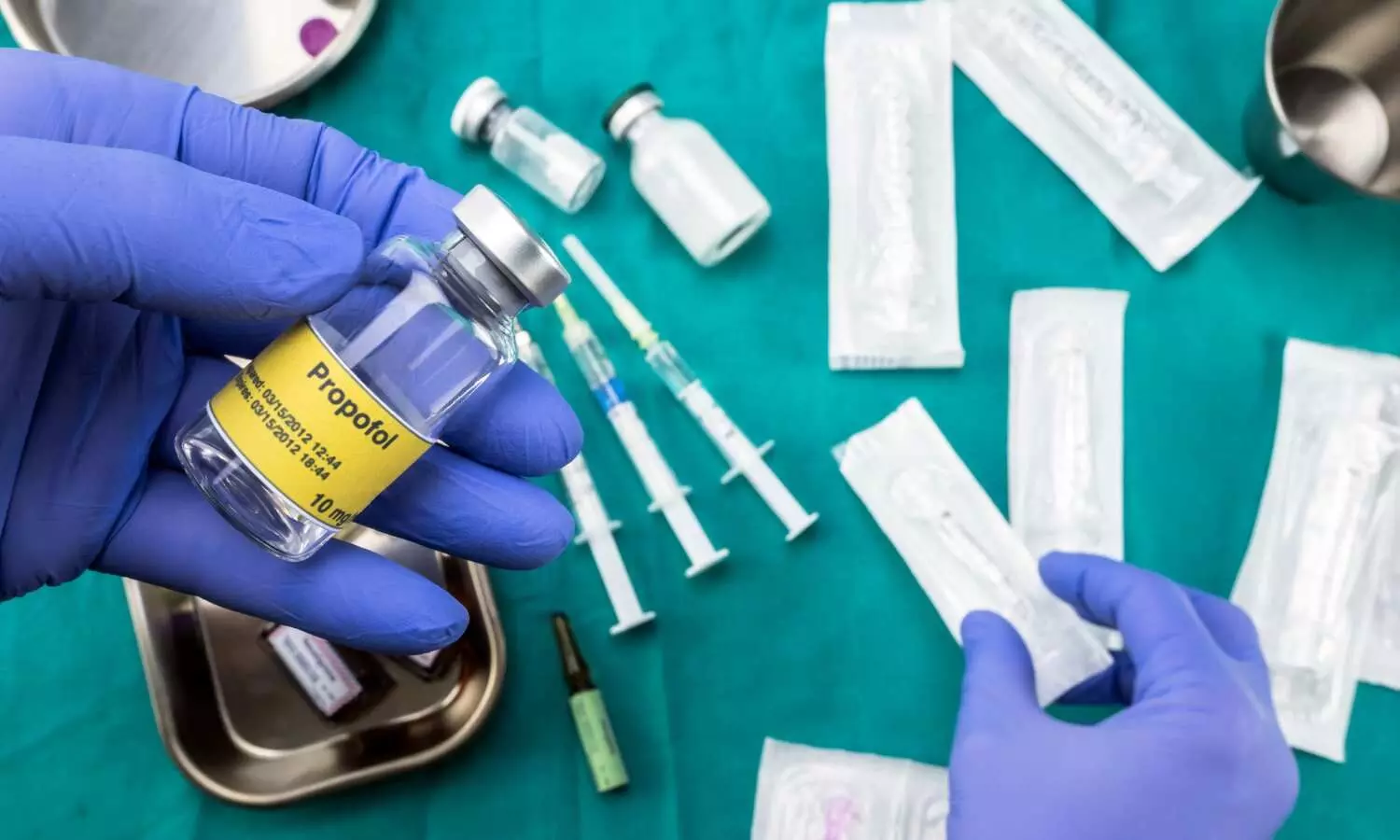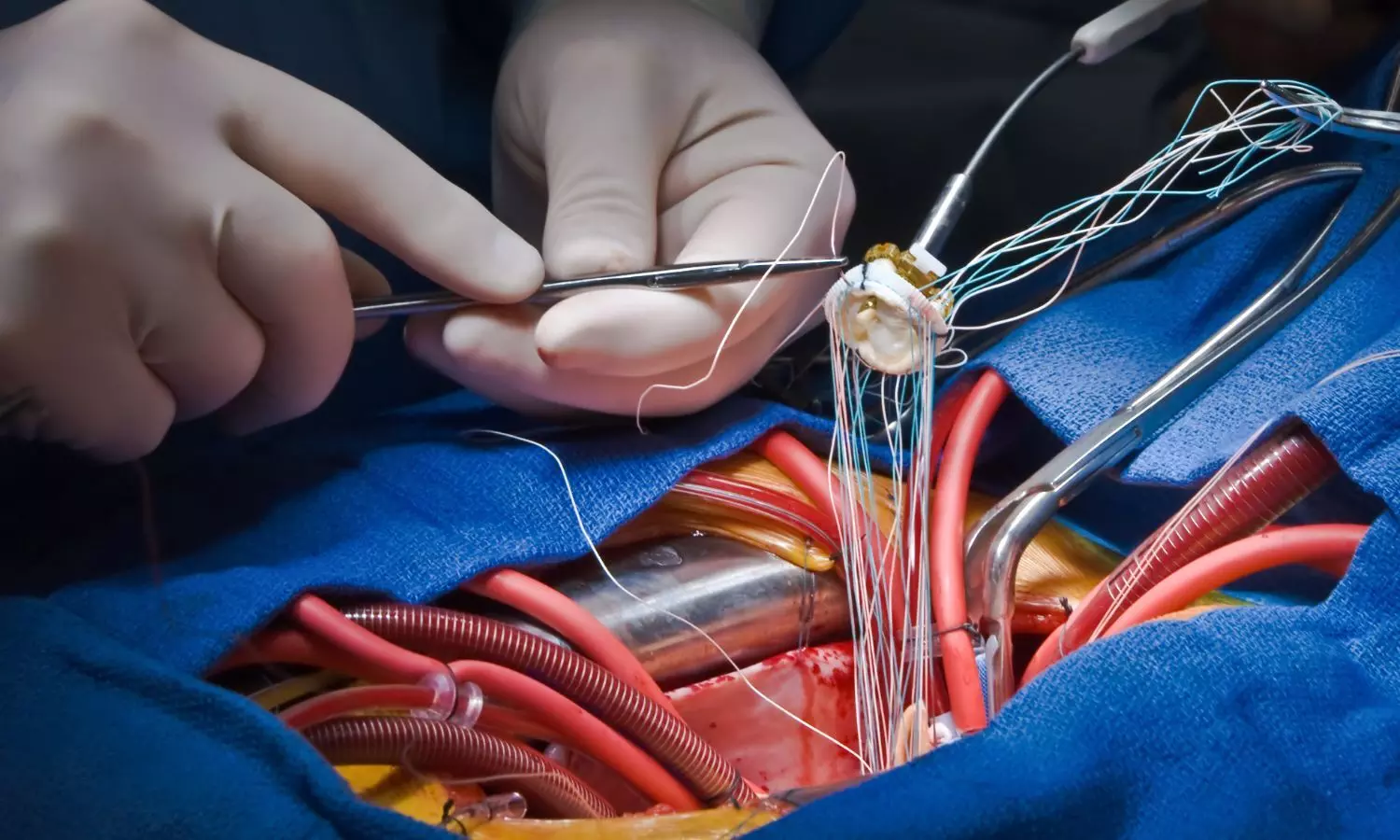Effective Treatment Options for Peri-Implant Mucositis: Laser vs. Ultrasonic Scaler

Researchers have found in a new study that peri-implant mucositis treatment yields positive results regardless of the method used. However, patients treated with the Er:YAG laser showed a greater reduction in diseased sites than those treated with an ultrasonic scaler after six months.
The study assessed the clinical outcomes following treatment of peri-implant mucositis using Er:YAG laser or an ultrasonic device over six months. Patients’ experience of pain, aesthetics, and Quality of life were further assessed. One dental implant, per the included patient, diagnosed with peri-implant mucositis underwent treatment with an Er:YAG laser (test) or an ultrasonic scaler (control) randomly.
Treatments were performed at baseline and months three and six. At each session, oral hygiene was instructed after plaque registration, and the patient was guided in proper cleaning techniques using a toothbrush and interproximal aids as needed. Full mouth bleeding on probing (FMBoP), full mouth plaque score (FMPS), implant bleeding on probing (BoP), implant mean graded bleeding (mBI), implant probing pocket depts (PPD), implant suppuration and bone levels were assessed. Oral health-related Quality of life (OHQoL) and visual analogue scales (VAS), which reflect aesthetic satisfaction and pain of the treatment, were also evaluated.
RESULTS: Forty-six patients were included. FMBoP was significantly reduced from 30.1 to 21.5% (test) (p < 0.001) respectively from 35.0% to 30% (control) (p < 0.01). FMPS showed significant reduction from 61.5 to 32.7% (test) (p < 0.001) and from 58.7 to 39.1% (control) (p < 0.001). At the implant, BoP reduced from 89.0 to 55.7% (test) (p < 0.001) respectively from 94.9 to 63.7% (control) (p < 0.001). mBI was reduced from 1.3 to 0.6 (test) (p < 0.01) and from 1.9 to 0.8 (control) (p < 0.001).
Distribution of “no bleeding” increased from 13 to 61% (test) (p < 0.05) and from 0 to 35% (control) (p < 0.05). At month three, statistically significant intergroup differences were shown for PPD ≥ 4 mm with 43.5% (test) respectively 73.9% (control) (p < 0.05). At month six, statistically significant intergroup differences were shown for FMBoP 21.5% (test) respectively 30% (control) (p < 0.05) and for plaque score at the implant 4.0% (test) respectively 26% (control) (p < 0.05). Less pain was reported in the laser group at three days 0.08 (test) respectively 0.2 (control) (p < 0.05).
Treatment of peri-implant mucositis was effective regardless of whether the treatment was performed with an Er:YAG laser or an ultrasonic scaler. Fewer diseased sites were diagnosed at six months following laser treatment.
Reference:
Bentsson, Viveca Wallin, et al. “Treatment of Peri-implant Mucositis Using an Er:YAG Laser or an Ultrasonic Device: a Randomized, Controlled Clinical Trial.” International Journal of Implant Dentistry, vol. 11, no. 1, 2025, p. 6.
Powered by WPeMatico









